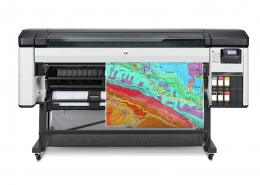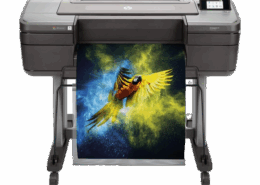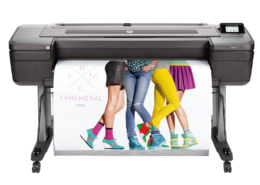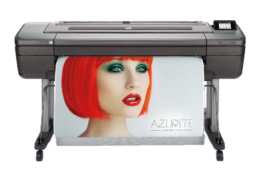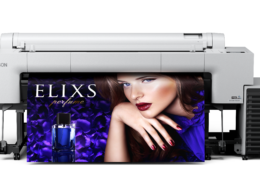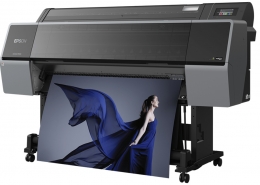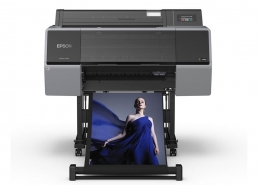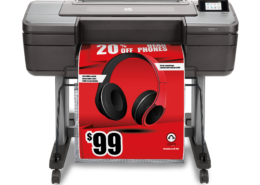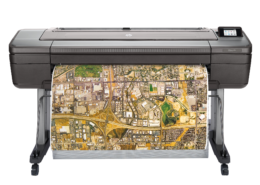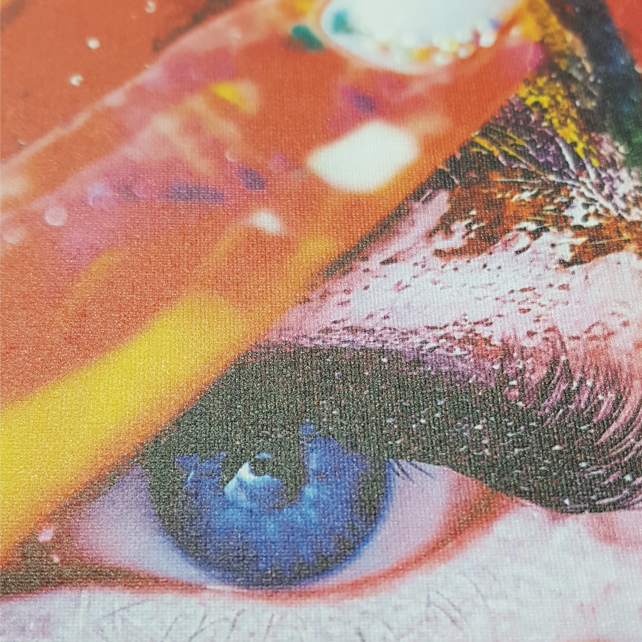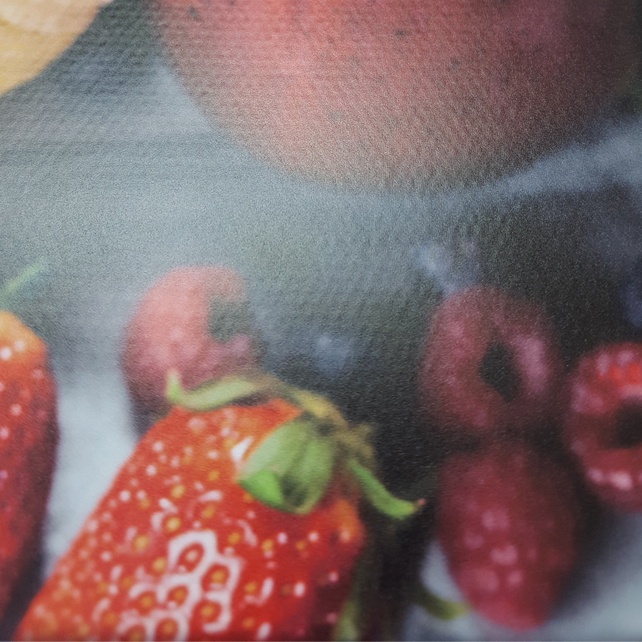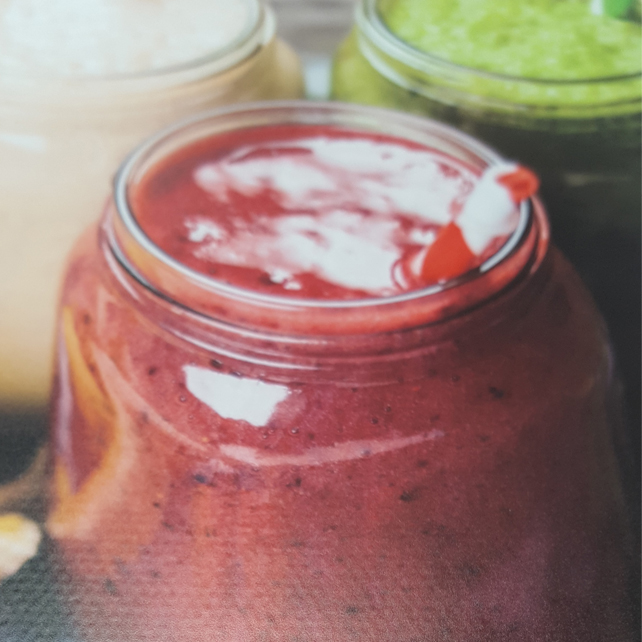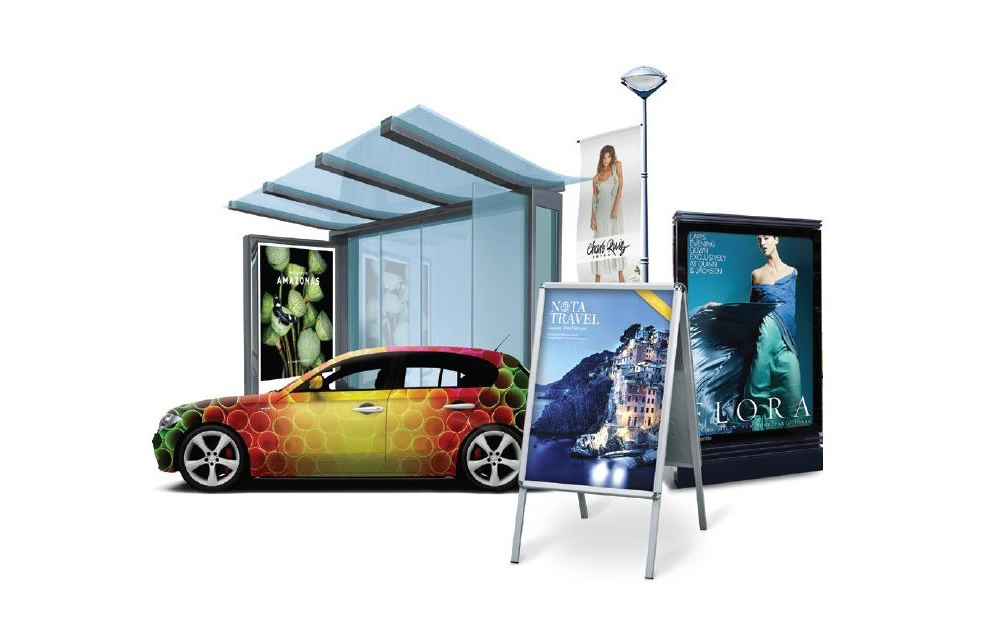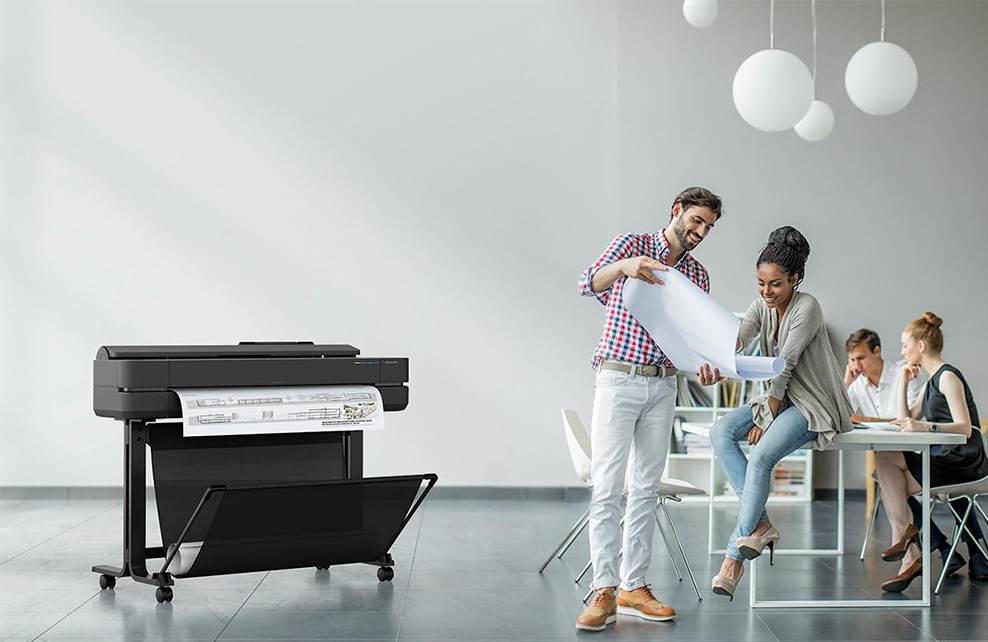This is to make sure that, since most professional printers use CMYK, you can see what the colour you are using on the print looks like. This means that you can see a beautiful light blue colour if you make a template in RGB and print it in CMYK (remember that it is used by most professional printers that use it), but it will show as purple – green-blue on the printed edition. The problem is that no image can be designed to represent its colour space in its colour mode, so it implies that any design produced in this application is ideal for sending to a professional colour correction printer
If you are working in the design process with CMYK and remember that certain printing materials always require this, print designers also have to worry when they print with CMYK. It is simply not possible to print high-quality images with a broad colour palette without a CMYK colour profile, such as red, blue, green, yellow, orange and green. If you use the RGB colour scheme to build your design, here is the issue of how the design will be viewed on your screen and what the clothing will look like once it is printed. The issue is that the colours do not appear correctly when printing an RGB template using CMYK printing because they were not correctly converted.
There are three or four colours for many home printers to play with, but these must be combined to produce a wide variety of colour scales that most images contain. To achieve a high colour density, CMYK ink produces a wide colour range and there is a method for processing it, where it is superimposed into four colour transformations of one colour. In 8-colour printing, the lighter the ink, the more dots are made, resulting in a higher colour density, so that printing on an ink-based printer does not fade as fast as on a traditional RGB printer.
